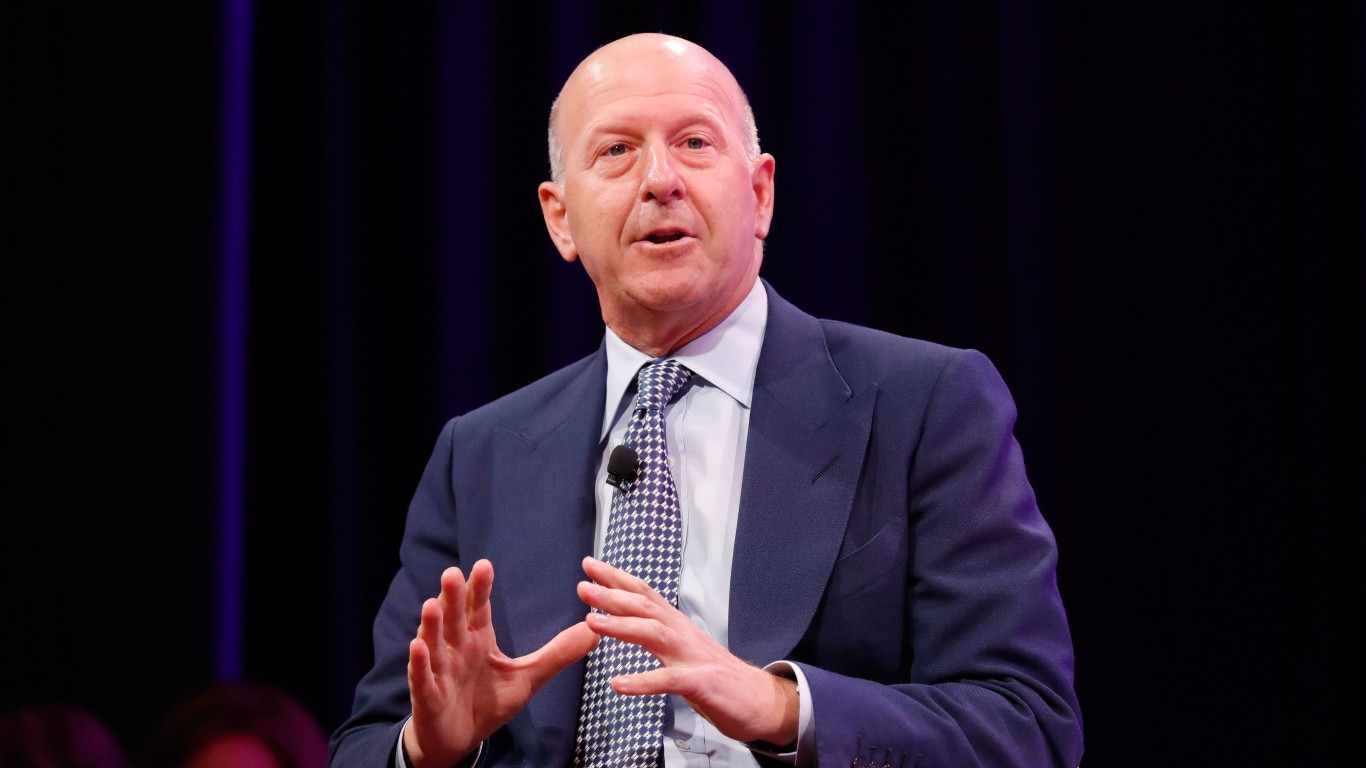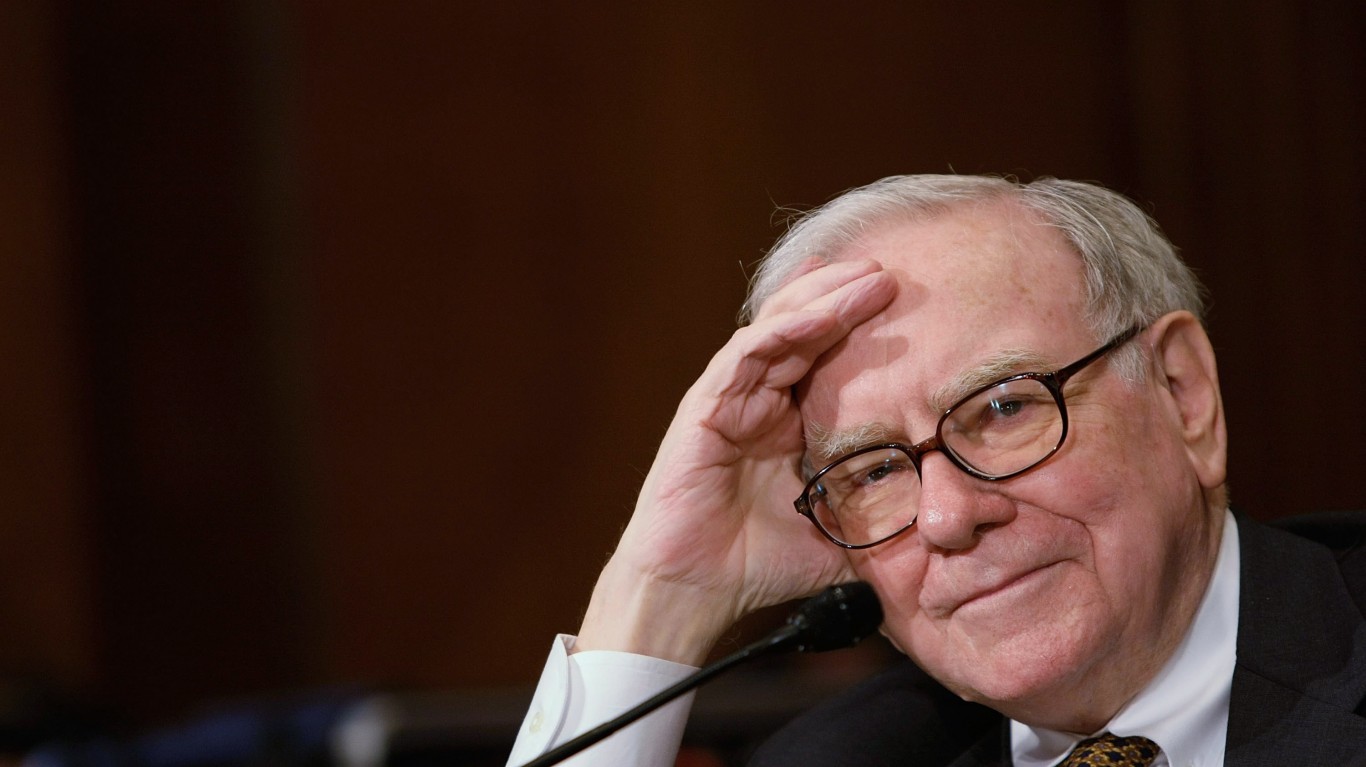
The July Consumer Price Index (CPI) appears to progress towards the Federal Reserve’s 2% inflation target rate. Consumer prices have started cooling after rising a modest 2.9% in the 12 months through July, according to data released by the Labor Department.
After a slight increase near the beginning of summer, inflation continues to head downward, falling below 3% for the first time since March 2021. The positive economic data could bring the Federal Reserve closer to cutting interest rates during its meeting in mid-September.
Need to Know News
- Inflation is falling, but interest rates remain high.
- Slowing labor market could push the economy towards a hard landing.
- Investors are seeking buyout options amid uncertainty.
- Sit back and let dividends do the heavy lifting for a simple, steady path to serious wealth creation over time. Grab a free copy of “2 Legendary High-Yield Dividend Stocks” now.
Still, growing unemployment and a slowing labor market remain a thorn in the side of the Fed’s decision to cut interest rates in the near term. Economists, along with Wall Street traders have started sounding alarm bells that slower economic activity, paired with higher unemployment could tip the scales, sending the economy sliding towards a possible hard landing.
The uncertainty remains a headwind for investors, with many taking up a more aggressive position on safer stock options that can help them ride out wider economic doldrums. Investment management conglomerate, Goldman Sachs (NYSE: GS) offers a narrative that seeks to diversify portfolio holdings while investing in high-quality dividend stocks that have a track record of preserving financial health during an economic turndown.
Allstate Corporation
Insurance provider Allstate (NYSE: ALL) should provide investors with the necessary support during a possible recession as the company continues to employ realistic strategies that allow them to bolster deployable capital while minimizing risk exposure in declining markets.
For starters, the company recently announced the completion of a $2.0 billion cash deal, which includes the sale of its subsidiaries that provide employer voluntary benefits, according to Reuters. The sale will help bolster the company’s deployable capital by $600 million, bringing total capital up to $1.6 billion.
Furthermore, during the second quarter, the insurer posted strong earnings growth, seeing revenue improve by 12% compared to the same period last year. The company posted revenue of $15.7 billion, with an adjusted net income of $429 million or $1.61 per diluted share.
The insurance market is a key area of interest for investors, especially as most major insurance providers have continued to increase premiums for consumers on the back of higher demand and more frequent natural disasters resulting in higher claims.
Eli Lilly & Company
The pharmaceutical giant Eli Lilly (NYSE: LLY) holds a positive position on Goldman’s radar, accounting for 0.87% of the investment bank’s portfolio. This year has already proven successful for the company, with stock performance up by 56% since the turn of the year.
Second quarter results came in better than expected, with the company beating Wall Street estimates. Revenue for key medications helped improve bottom-line performance, with sales of Mounjaro, Zepbound, and Verzenio seeing a 36% increase in revenue.
Other medications, such as Baqsimi, a medicine that helps treat low blood sugar, had revenue for Q2 improve by 46%, while non-incretin revenue improved by 17% globally and 25% in the United States.
Eli’s favorable pricing structure paired with increased demand has meant that the company has raised full-year revenue guidance by $3.0 billion, and earnings per share (EPS) guidance to a range of $16.10 to $16.60 for non-GAAP EPS.
Eli holds a strong competitive advantage, and with several projects in development, including the approval of an Alzheimer’s medication in the U.S. and relapse or refractory treatment in Japan, the company makes for a compelling addition for investors seeking more buoyancy.

Berkshire Hathaway
For most investors, one name will always be a standout among the crowd, and that’s Berkshire Hathaway (NYSE: BRK.A, BRK.B). In total, Goldman Sachs owns roughly $3.1 billion in BRK (Class B) shares, making up 0.67% of the company’s overall investment portfolio.
For the second quarter, Berkshire reported somewhat underwhelming results, with revenue climbing 1.24% quarter over quarter to $93.65 billion. Elsewhere on the company’s balance sheet, Berkshire reported $30.35 billion in net income, which was a decline of over 15% compared to the previous quarter.
On a positive note, the company’s insurance operations reported strong results due to better-than-expected premium growth in most of its business offerings. Better proving and lower claims costs were a major boost for the company’s Q2 performance.
Not only this, but Berkshire is sitting on a massive cash pile worth more than $277 billion. Since last year, Berkshire has dumped billions in equities, including over $84 billion in Apple (NASDAQ: AAPL) stock, trimming its holdings by over 50%.
Are You Still Paying With a Debit Card?
The average American spends $17,274 on debit cards a year, and it’s a HUGE mistake. First, debit cards don’t have the same fraud protections as credit cards. Once your money is gone, it’s gone. But more importantly you can actually get something back from this spending every time you swipe.
Issuers are handing out wild bonuses right now. With some you can earn up to 5% back on every purchase. That’s like getting a 5% discount on everything you buy!
Our top pick is kind of hard to imagine. Not only does it pay up to 5% back, it also includes a $200 cash back reward in the first six months, a 0% intro APR, and…. $0 annual fee. It’s quite literally free money for any one that uses a card regularly. Click here to learn more!
Flywheel Publishing has partnered with CardRatings to provide coverage of credit card products. Flywheel Publishing and CardRatings may receive a commission from card issuers.
Thank you for reading! Have some feedback for us?
Contact the 24/7 Wall St. editorial team.





